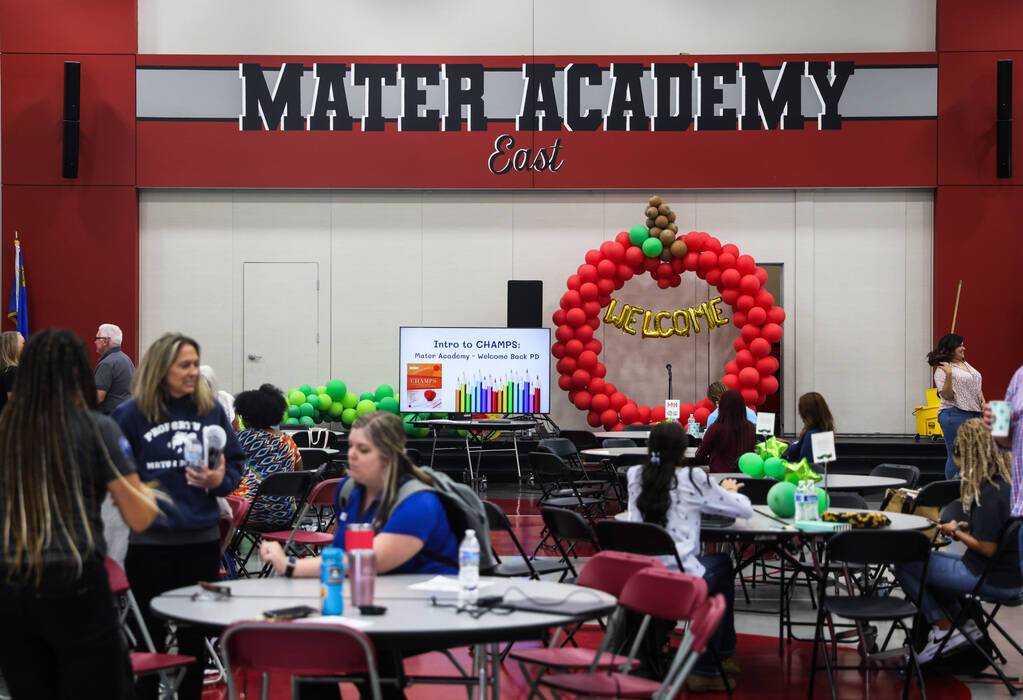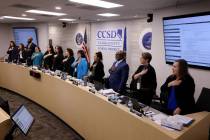EDITORIAL: Charter schools, an educational reform that actually works
Amid so much failure, it’s important to remember there are some public school reforms that actually work.
The Executive Branch Audit Committee recently released its findings on Nevada’s public education system. The results were sobering, especially for a state that just increased education funding by $2.6 billion.
“Great expenditures do not mean higher achievement rankings,” the report noted. It continued, “How funding per student is spent is a greater indicator of success than the amount spent alone.”
Charter schools offer proof of this. Charter schools are public schools that are run by outside groups. They have more freedom and flexibility than traditional public schools. Without the constraints of onerous regulations and collective bargaining, these organizations were created to produce better results. And in many cases, they have.
With most education reforms, it’s hard to figure out what triggered a change in student improvement, for better or worse. Many of the Clark County School District’s magnet schools perform impressively. But it’s not a replicable model. Their success largely stems from centralizing high-performing students at specific campuses.
It’s possible that charter schools show positive results because only students with the most involved parents apply to them. Those students tend to do better, which may be why charter schools often exceed their non-charter counterparts in terms of student achievement.
There are ways to test this hypothesis. In some cases, charter schools have more applicants than openings. Students are selected by lottery, which creates a random-assignment scenario. As much as is possible, the two groups are the same with only one variable — charter school acceptance.
Late last year, an MIT Department of Economics paper looked at the results of studies such as these since 2000.
“The corpus of research shows that charter schools can have large positive effects on academic achievement, including among lower-performing students, low-income students, non-white students, English language learners and students with disabilities,” the authors wrote. “Several studies indicate that charter schools can improve such longer-term outcomes as four-year college enrollment and civic participation.”
That’s enlightening news, even though the analysis does have limitations. For one, most studies were done in urban areas.
A 2023 study from Stanford’s Credo report arrived at a similar conclusion. It found, “Charter schools produce superior student gains despite enrolling a more challenging student population.”
This demolishes one a common refrain from the entrenched education establishment and charter opponents: That such schools cherry pick the cream of the crop to enhance their results.
In Nevada, charter schools sponsored by the state now enroll around 62,000 students. That’s more than the Washoe County School District. What’s impressive is that these schools must earn their enrollment while being at a financial disadvantage. They don’t have access to the same facilities funding that traditional public schools do.
The lesson, both from around the country and locally, should be obvious. To improve student achievement, Nevada needs to offer more opportunities for charter operators — and more choice for parents and students in general.




























